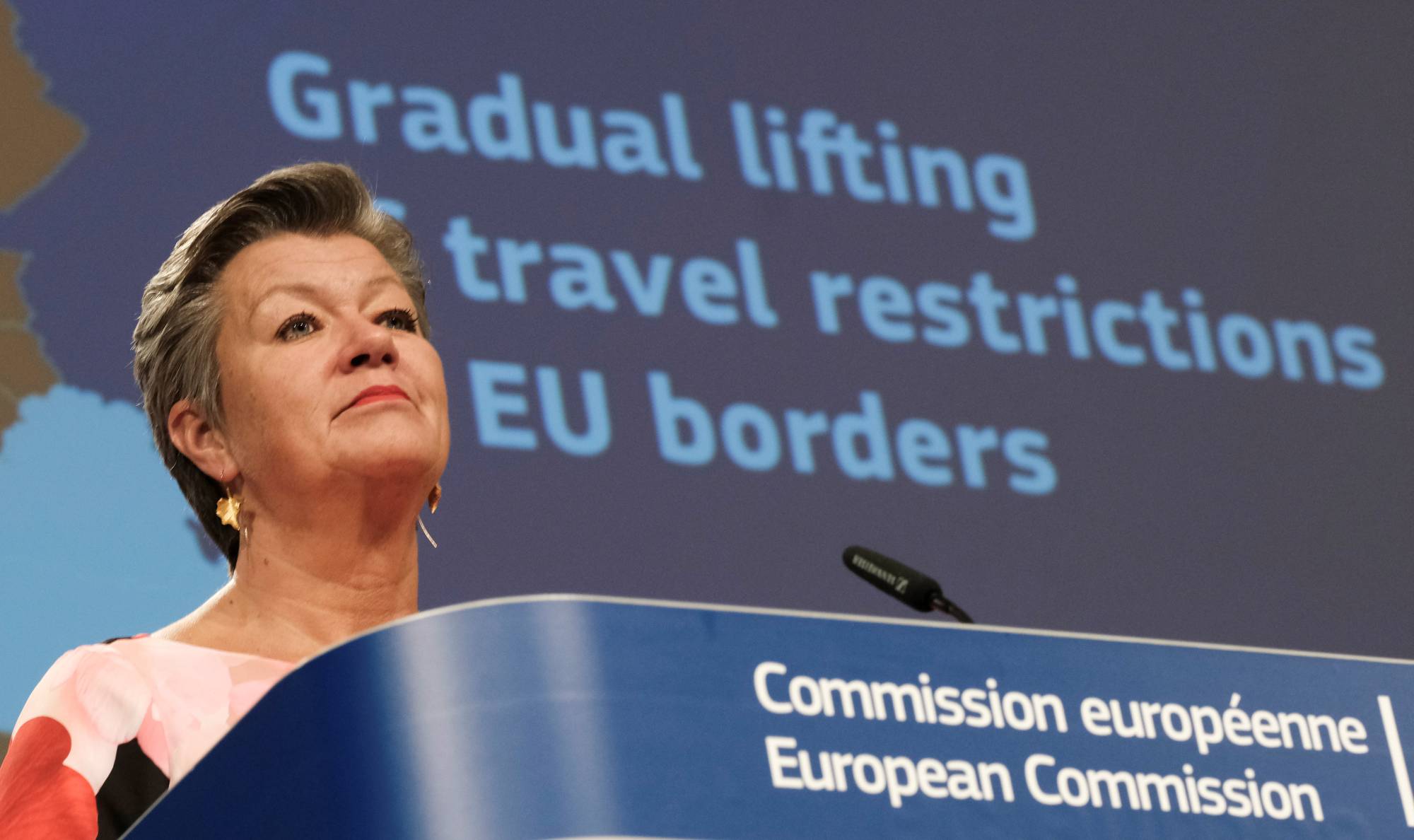When U.S. President Donald Trump slapped a travel ban on Europe back in March to halt the spread of COVID-19, he declared it "the most aggressive and comprehensive effort to confront a virus in modern history” — and criticized the European Union for not having acted quickly enough to do the same.
The tables have turned. Today, it’s the EU that is leaving American tourists out in the cold with its new shortlist of 14 countries deemed safe for non-essential travel. Despite Trump’s bluster, the U.S. has racked up more than double the total caseload of the EU’s 27 members, and it hasn’t made the cut. Countries including Canada, Japan and Morocco have. China will be added to the list provided it lifts its own curbs on European visitors.
While politically this will sting, it is at heart an epidemiological decision. As if to prove that flight bans aren’t actually all that effective, especially when compared to domestic measures like widespread testing and movement curbs, the United States' record in controlling the infection curve remains poor. In the two weeks to June 29, cumulative cases per 100,000 people (the EU’s preferred metric) stood at 137 in the U.S., one of the highest rates in the world. They were below 10 in France, Italy and Spain.



















With your current subscription plan you can comment on stories. However, before writing your first comment, please create a display name in the Profile section of your subscriber account page.